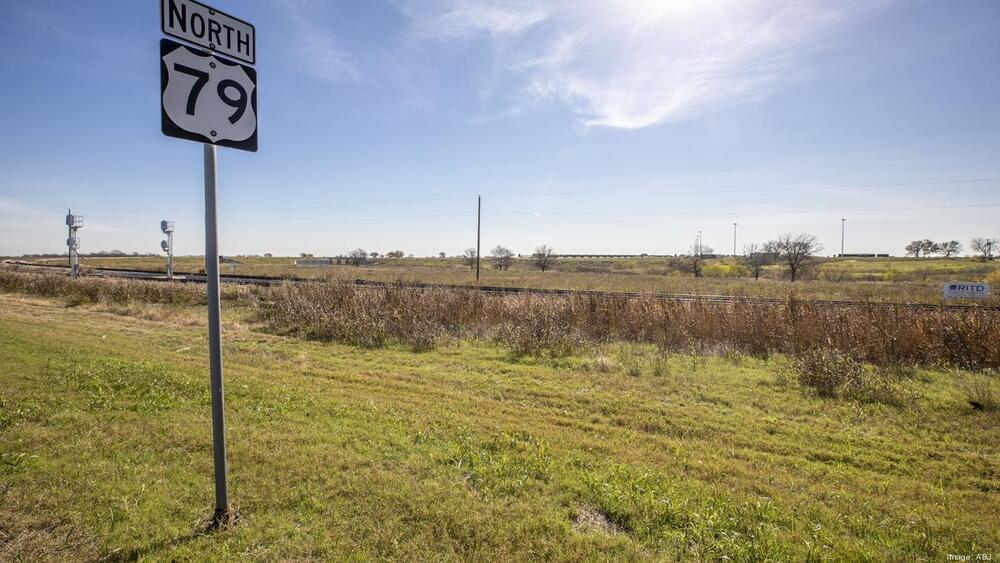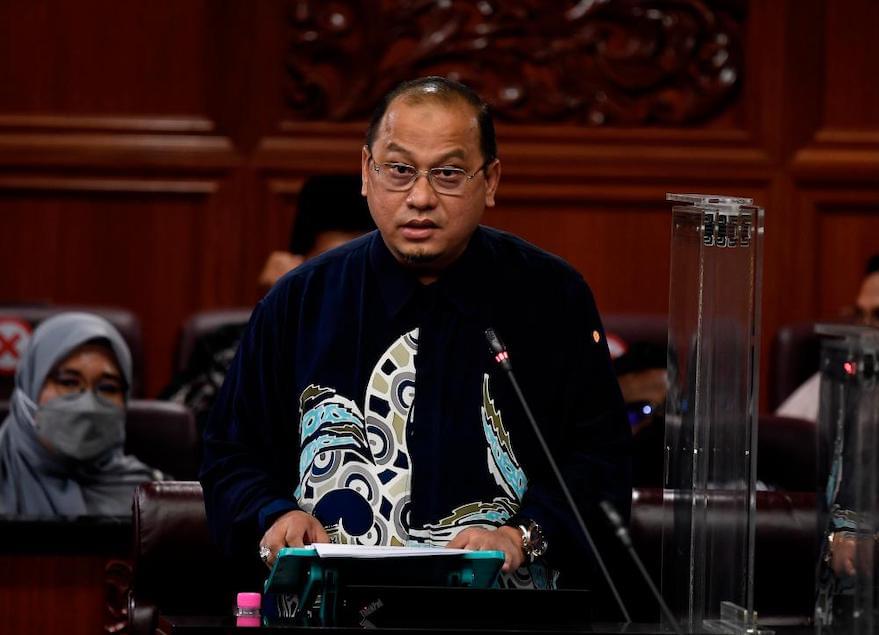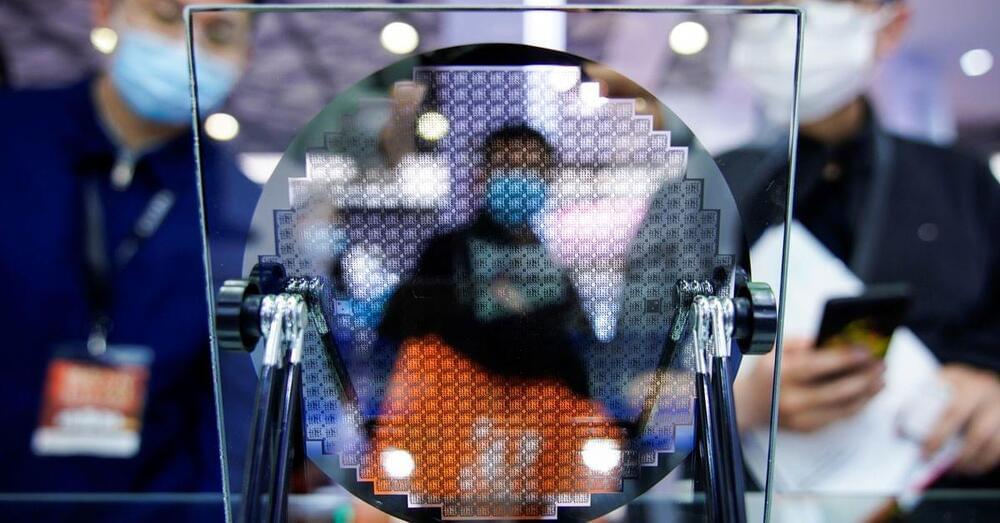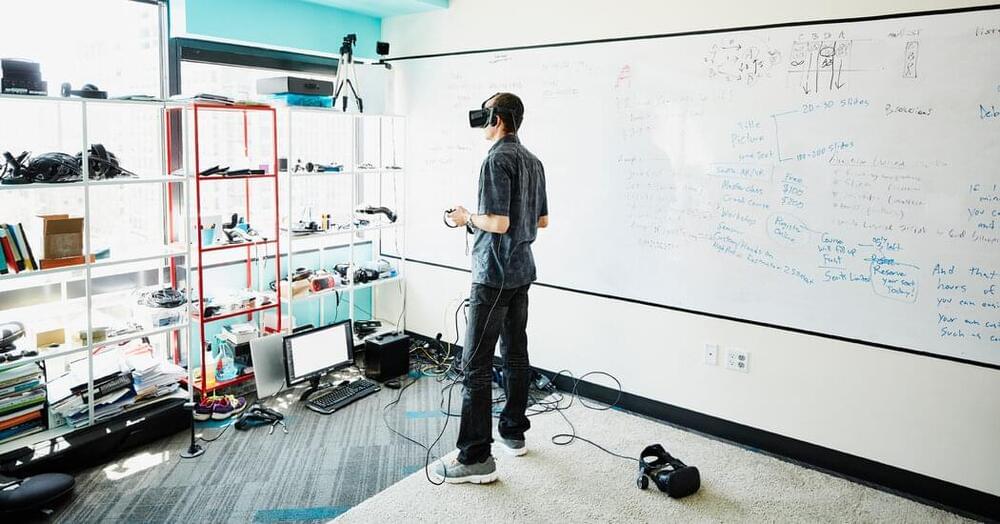Will this be the most exciting stretch of land in all of Central Texas in the coming years? It has investors and developers salivating.



Less than a year after nailing its first interplanetary mission with a flawless Mars orbit insertion, the United Arab Emirates has selected its next destination: the asteroid belt.
In October, the UAE announced that it was aiming to launch a new spacecraft in 2028. Like the Hope Mars orbiter, the as-yet-unnamed asteroid mission is designed to meet specific science goals, but it is also being carefully engineered to shape the nation’s future as the UAE looks to diversify its traditionally oil-focused economy. That gives the UAE’s missions a different flavor than what NASA fans are used to seeing.

SEOUL, South Korea — Malaysia is developing a national space blueprint to drive the growth of its space sector, particularly the manufacturing of remote-sensing satellites, satellite components and data-driven downstream services.
During a Dec. 13 parliamentary hearing, a deputy minister shared the latest update on the “Malaysia Space Exploration 2030” blueprint being fleshed out by Malaysia’s Ministry of Science, Technology and Innovation.
The deputy minister overseeing the effort, Datuk Ahmad Amzad Hashim, said the blueprint outlines a 10-year strategy in line with Malaysia’s National Space Policy 2030. The policy, adopted in 2017, recognizes the importance of space technologies for the country’s economic growth and national security.

HONG KONG, Dec 17 (Reuters Breakingviews) — After conquering semiconductors, Taiwan Semiconductor Manufacturing, the world’s biggest chipmaker has a new challenge: kickstarting Taiwan’s stalled green transition. Bureaucracy and red tape have marred the island’s renewable-energy goals. The company’s (2330.TW) voracious appetite for cleaner power will offer a much-needed spark.
Referendums on whether to restart a nuclear power plant and whether to change the location of a planned $2 billion liquid fossil gas terminal highlight how politically contentious the island’s energy issues are. President Tsai Ing-wen has pledged to phase out nuclear power and is hoping gas-fired plants will supply half of the $600 billion economy’s electricity needs by 2025. At the same time, she has promised to increase the share of renewable sources to 20%, from 5.4% in 2020.
On paper that’s doable, but in practice it looks increasingly out of reach. Covid-19 disruptions held up wind and solar projects, but lengthy and complex approval processes are also to blame. Offshore wind developers, for instance, must obtain consent letters from at least eight different authorities as well as approval from the environmental watchdog even to be eligible to bid for projects. Those that make it to the second round must also detail how they can meet local procurement requirements, often onerous criteria given how new the industry is in Taiwan. According to one 2021 estimate, unfinished wind and solar projects totalled $83 billion, among the highest in Asia.
SpaceX is embarking on a bold new adventure: making rocket fuel out of thin air.
“SpaceX is starting a program to take CO2 out of atmosphere & turn it into rocket fuel,” CEO Elon Musk tweeted on Monday. “Please join if interested.”
The news comes after Musk announced a $100 million prize to come up with carbon removal technologies earlier this year. The goal is to pull 1,000 tons of CO2 out of the atmosphere annually — and eventually scaling up the operation dramatically.
“I think this is one of those things that is going to take a while to figure out what the right solution is,” Musk explained back in April. “And especially to figure out what the best economics are for CO2 removal.”
“Right now we’ve only got one planet,” Musk said at the time. “Even a 0.1 percent chance of disaster — why run that risk? That’s crazy!”
Humans have been dreaming of living on the Moon, but what would that look like exactly?
Put simply, an outpost (or outposts) on the Moon could benefit humanity in numerous ways. It would allow for regular access to the lunar surface, enable vital research into low-gravity and its effects on terrestrial organisms, and shave billions off of the cost of missions destined for Mars and other locations in deep space.
Beyond the scientific and spaceflight-related, a lunar outpost would also allow for the creation of new industries, such as lunar mining, space-based solar power, commercial space stations, and lunar tourism. The infrastructure created for this purpose could also lead to a thriving economy in the Earth-Moon system, including asteroid mining and space-based manufacturing.
**The Moon is our gateway to the rest of the Solar System and the first step in any plan for “going interplanetary.” Granted, the challenges are enormous, and the cost of developing all this architecture is nothing short of immense. But as the Loonies say, “TANSTAAFL!”
Have been dreaming of living on the Moon, but what would that look like exactly? Welcome back to our ongoing “Interplanetary” series. In our p.

Their answers have been edited and condensed.
This article is part of a series called Turning Points, in which writers explore what critical moments from this year might mean for the year ahead. You can read more by visiting the Turning Points series page.
During the life-changing Covid-19 pandemic, millions of people were fortunate enough to work from home during lockdowns, while others were called upon to put themselves at physical risk to keep cities and economies from collapsing. As the world re-emerges from Covid, we are seeing renewed attention in the workplace to issues of social injustice, economic inequality, corporate social responsibility, and diversity and inclusion.
Earlier this year, we asked a small group of leaders in various professions: Is the world of work forever changed?
The FlyZero aircraft is one of a range of aircraft being designed by the FlyZero program. The new concept will store hydrogen in cryogenic fuel tanks, keeping them at a temperature of minus 250°Celsius (minus 418°Fahrenheit). Two cryogenic tanks will be placed at the rear of the plane, while two smaller “cheek” tanks will be placed near the front of the plane to keep the aircraft balanced. The mid-size aircraft will have a wingspan of 54 meters, each of which will have a turbofan engine attached.
“These designs could define the future of aerospace and aviation,” said U.K. Business Secretary Kwasi Kwarteng in the ATI’s statement. “By working with industry, we are showing that truly carbon-free flight could be possible, with hydrogen a frontrunner to replace conventional fossil fuels.”
In its statement, the ATI estimates that “highly-efficient hydrogen-powered aircraft” will “have superior operating economics compared to conventional aircraft from the mid-2030s onwards.” The ATI has received £1.95 billion ($2.6 billion) in funding since it was founded in 2013. The FlyZero concept program, which received £15 million of that funding, promises to allow travelers to fly with the same speed and comfort provided by airliners today.
Full Story:
The 279-seater could fly from London to San Francisco without refueling. A U.K. government-backed research firm, Aerospace Technology Institute (ATI), revealed a new liquid-hydrogen-powered airliner concept called FlyZero.
Bitcoin Vs Gold: Peter Schiff Vs Anthony Scaramucci.
Peter Shiff makes several points about gold:
Gold: it has physical properties that makes it real and valuable. It’ll never lose its value. Gold has a long history and has been used for thousands of years.
Peter Schiff makes several points against bitcoin:
Bitcoin is not anything real. It’s just a string of numbers.
It has no real value because there are no properties that makes it valuable.

Virtual environments have also shown promise for activists resisting digital authoritarianism. On Minecraft, Reporters Without Borders has sponsored an Uncensored Library where users could see content by dissident writers that had been censored in countries like Saudi Arabia, Russia and Vietnam. It’s possible that the metaverse may bring new promise for freedom and transparency across borders.
But the metaverse’s consequences may be even more radical.
If it becomes as all-encompassing as some predict, the metaverse may foster virtual communities, networks and economies that transcend borders and national identities. Individuals might one day identify primarily with metaverse-based decentralized autonomous organizations with their own quasi-foreign policies. Such a transition could mandate the reconceptualization of geopolitical affairs from the ground up.